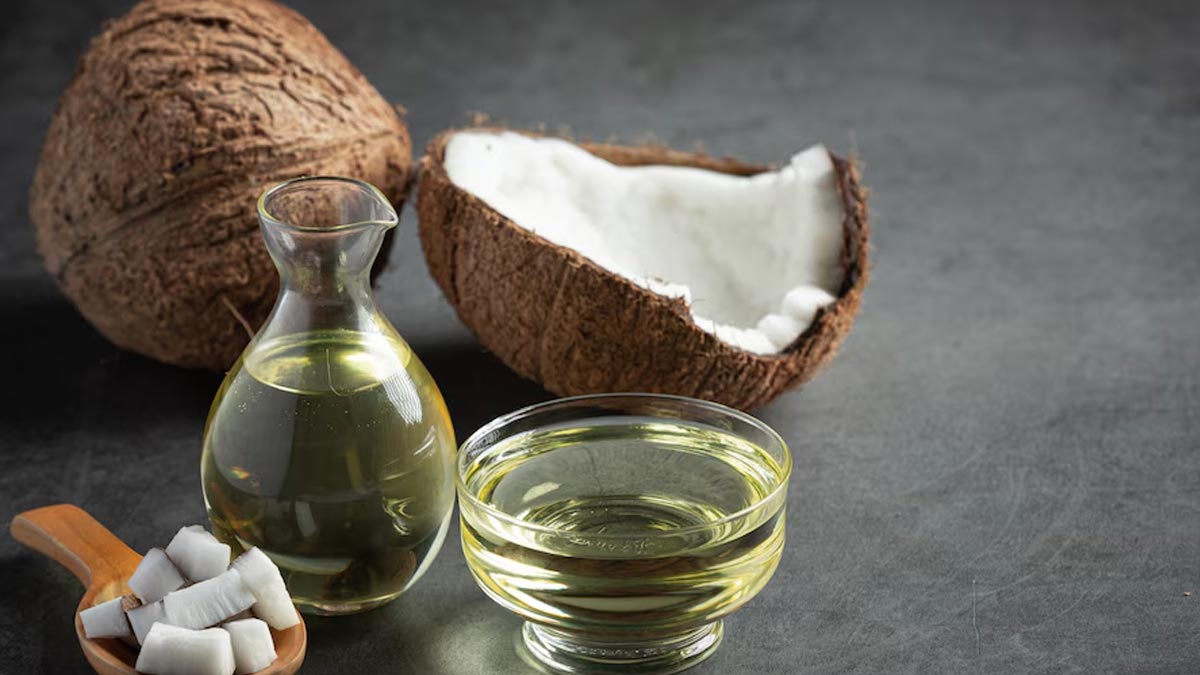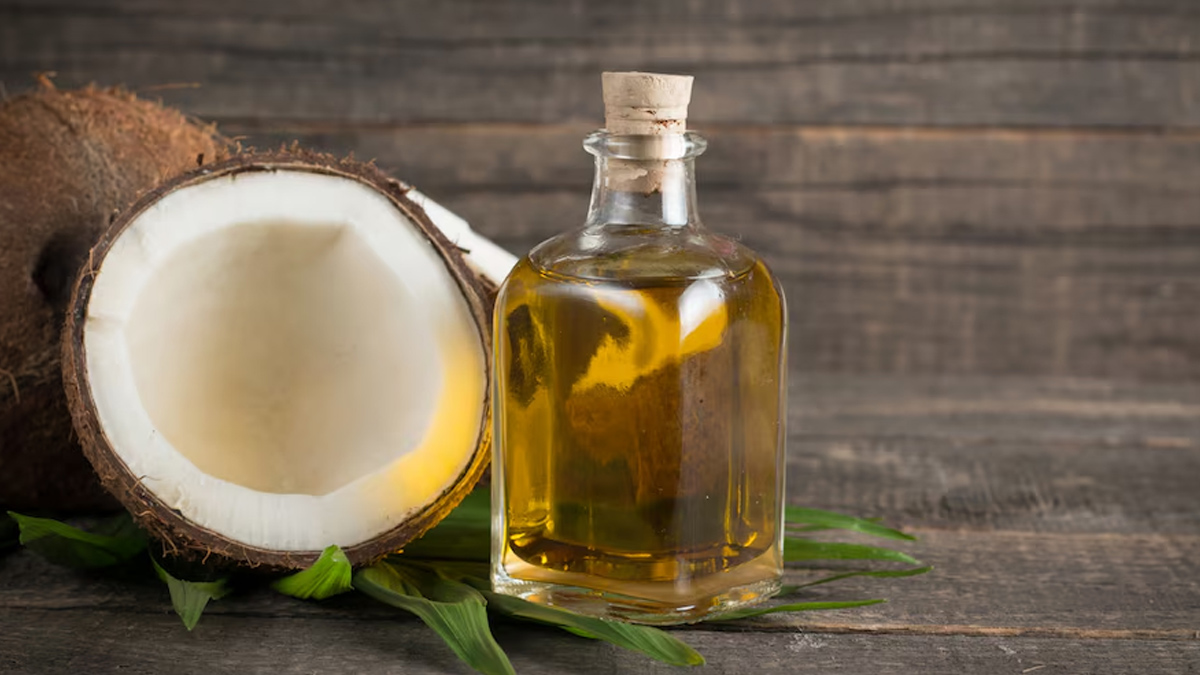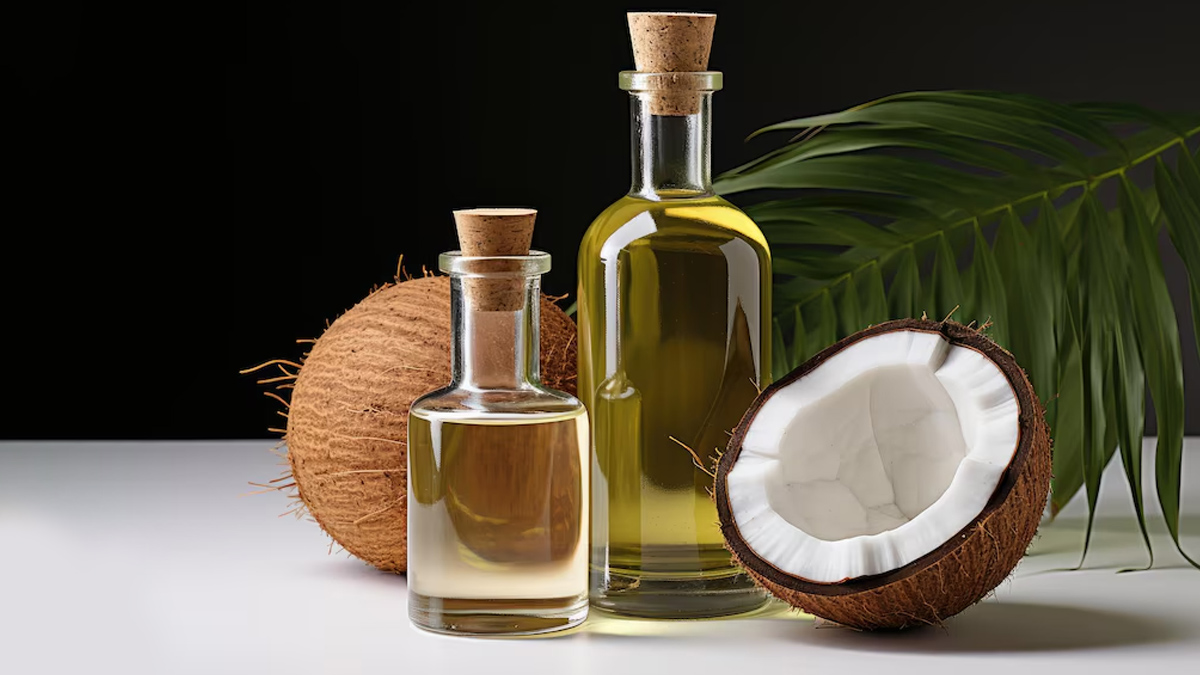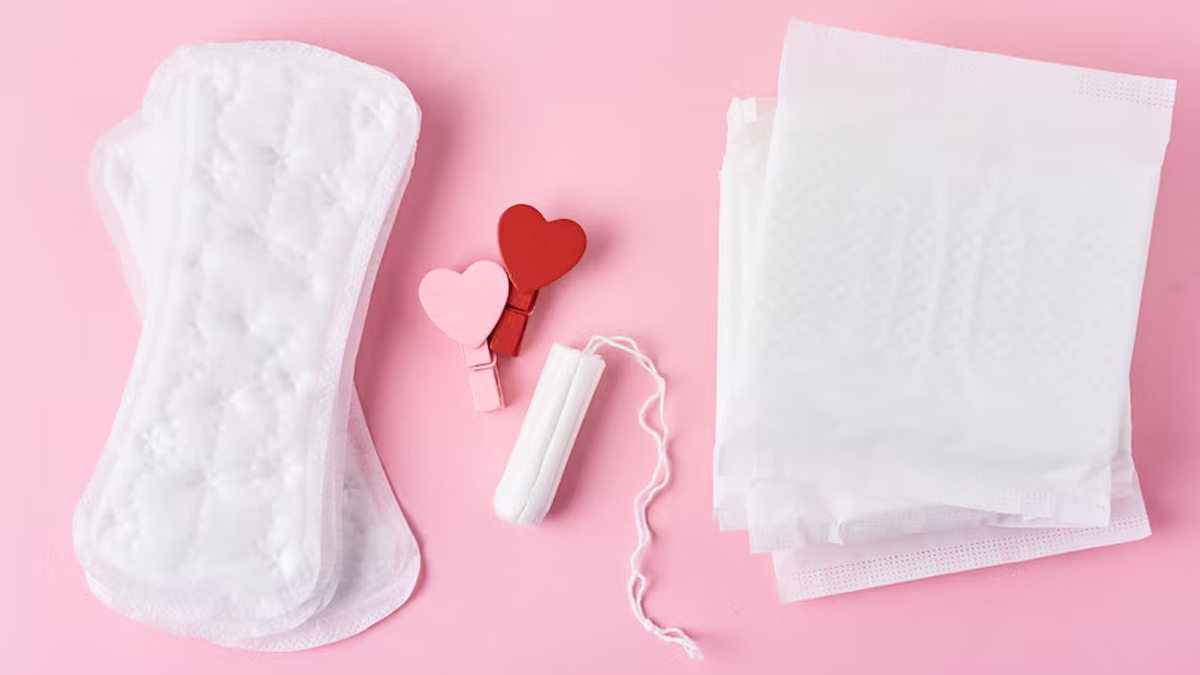
Periods can be challenging enough without the added discomfort of rashes and irritation. The combination of moisture, friction, and hormonal changes often leads to bothersome skin issues that can make your period even more uncomfortable. The good news is that you can manage this issue effectively at home using a simple natural remedy i.e. coconut oil. Here’s a guide on how coconut oil can be a game-changer in your period care routine and how to use it effectively.
Table of Content:-

Period rashes are often the result of irritation from menstrual products, such as pads, tampons, or pantyliners. The combination of moisture, friction, and hormonal fluctuations can lead to redness, itching, and even small bumps on the skin. These rashes can be particularly bothersome and might make your period experience less comfortable.
Coconut Oil For Period Rashes

Coconut oil is celebrated for its moisturising and anti-inflammatory properties, making it an excellent choice for soothing period rashes. Here’s why:
- Natural Moisturiser: Coconut oil is a rich, natural moisturiser that helps keep the skin hydrated. When applied to irritated areas, it forms a protective barrier that prevents further moisture loss and soothes dryness.
- Anti-Inflammatory Properties: According to the Multidisciplinary Digital Publishing Institute (MDPI), coconut oil has indicated that it may possess antibacterial properties, even when applied topically to the skin. The oil contains lauric acid and other fatty acids that have anti-inflammatory effects. This helps reduce redness and swelling associated with period rashes.
- Antimicrobial Benefits: Coconut oil has natural antimicrobial properties, which can help prevent infections in irritated areas. This is especially useful if rashes are prone to becoming infected due to scratching or friction. An older study states that the antimicrobial properties of coconut oil may help prevent infections, a major risk factor that can complicate the healing process.
- Gentle on Skin: Unlike some chemical-based products, coconut oil is gentle and suitable for sensitive skin, reducing the risk of additional irritation.
Also Read: Period Rash or Pad Rash: Why It Is Caused and How It Can Be Treated?
How to Use Coconut Oil for Period Rashes

To maximise the benefits of coconut oil, here’s how you can add it to your period care routine:
- Choose High-Quality Coconut Oil: Opt for extra virgin or organic coconut oil for maximum benefits. These options are minimally processed and retain more of the oil's natural qualities. Avoid coconut oils with added fragrances or chemicals.
- Clean the Affected Area: Before applying coconut oil, ensure the affected area is clean and dry. Gently cleanse with mild soap and water, and pat the skin dry with a soft towel.
- Apply a Thin Layer: Use clean fingers or a cotton pad to apply a thin layer of coconut oil to the affected area. Apply the oil by rubbing it in circular motions. Less is often more, so start with a small amount and increase if needed.
- Allow it to Absorb: Let the coconut oil absorb into the skin. It’s best to apply it before bedtime so that it has ample time to work overnight. You can also apply it in the morning if you’re comfortable with the oil on your skin throughout the day.
- Reapply as Needed: Depending on the severity of the rash, you may need to reapply coconut oil several times a day. Monitor the rash and apply the oil whenever you feel dryness or irritation returning.
- Combine with Other Remedies: For added relief, consider combining coconut oil with other soothing ingredients, such as aloe vera gel or chamomile tea. These can enhance the anti-inflammatory and moisturising effects.
Also Read: Nourishing Skin: Here's How Massaging Your Face With Coconut Oil Can Promote Skin Health
Additional Tips for Managing Period Rashes

While coconut oil can be a valuable part of your routine, here are some additional tips to manage period rashes effectively:
- Choose Breathable Products: Opt for menstrual products made from natural, breathable materials. This reduces moisture buildup and minimises friction, which can help prevent rashes.
- Change Products Regularly: Make sure to change your menstrual products frequently to keep the area dry and reduce the risk of irritation.
- Wear Loose Clothing: During your period, wear loose-fitting, breathable clothing to reduce friction and allow the skin to breathe.
- Stay Hydrated: Drinking plenty of water helps keep your skin hydrated from the inside out, which can further alleviate dryness and irritation.
[Disclaimer: This article contains information for informational purposes only, hence, we advise you to consult your own professional if you are dealing with any health issues to avoid complications.]
Also watch this video
How we keep this article up to date:
We work with experts and keep a close eye on the latest in health and wellness. Whenever there is a new research or helpful information, we update our articles with accurate and useful advice.
Current Version